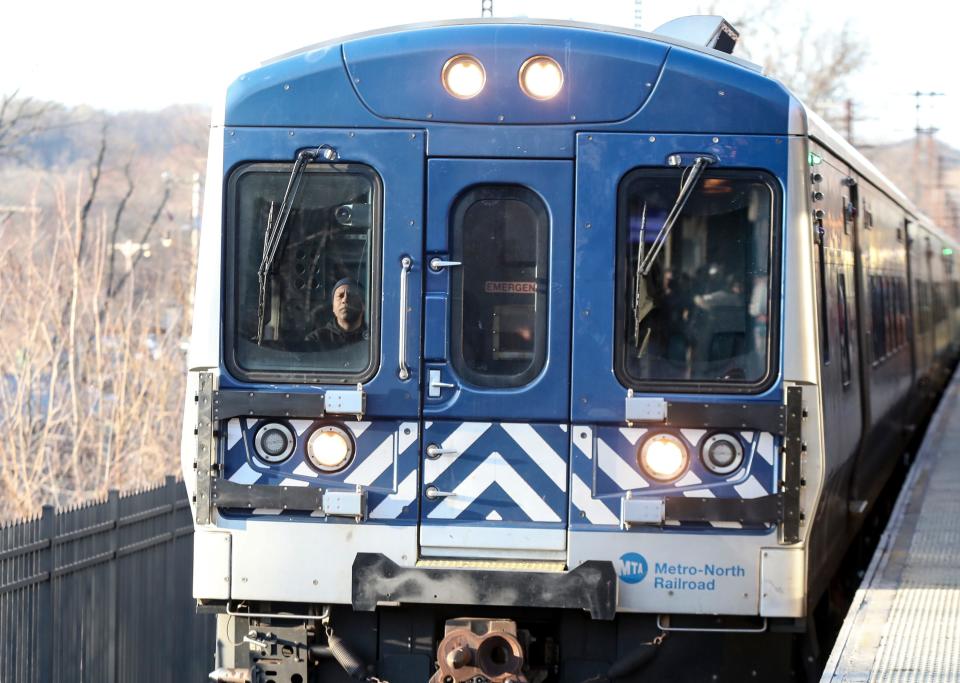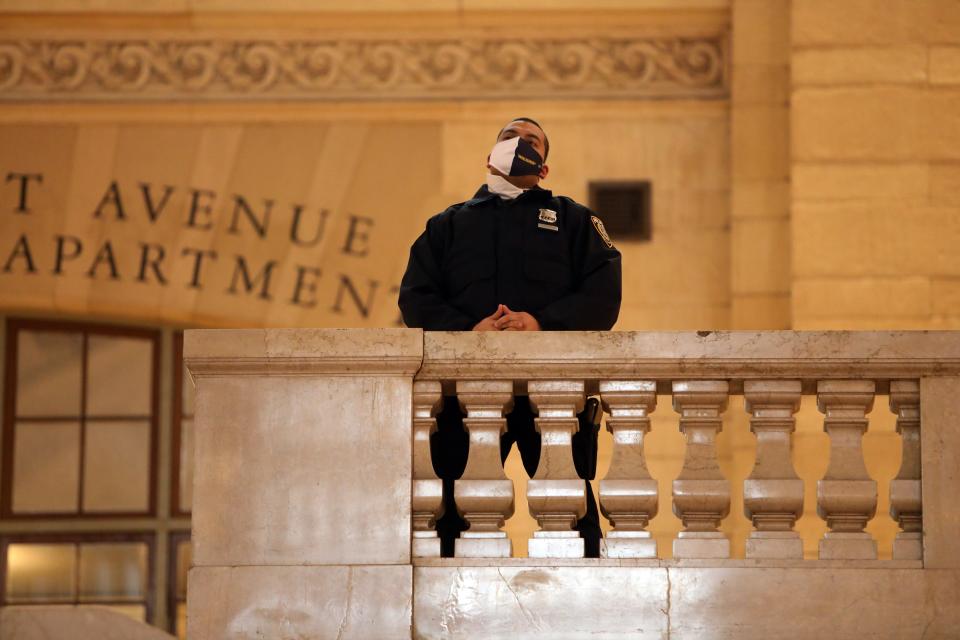New York's MTA faces greatest crisis in its history, warns of price hikes and severe public transit service cuts
ALBANY, N.Y. – Fare hikes, cuts in service and staff and "long-lasting damage" would come to the Metropolitan Transportation Authority without a federal bailout, state Comptroller Thomas DiNapoli said in a report Tuesday.
The MTA, the largest transit system in the nation, faces the greatest crisis in its long history if the feds do not come to the rescue amid the COVID-19 pandemic, DiNapoli said. The New York State Team, which is a part of the USA TODAY Network, reported this story.
The New York City metropolitan-area system, which includes Metro-North Railroad through the Hudson Valley, sought a $12 billion aid package from Congress, which has stalled on a national coronavirus relief package.
“The MTA’s financial condition is dire,” DiNapoli said in a statement. “With ridership down, debt burden rising and no additional help likely from New York state or New York City, the MTA desperately needs an influx of federal funds or unheard of service cuts and workforce reductions will happen."
What's going on with New York tourism: Don't pronounce New York City dead just yet: Tourists are coming, and they like what they see
The COVID-19 pandemic came as the MTA was in difficult financial straits, DiNapoli said.
The system faces record deficits. A $6.3 billion projected gap next year is more than half of the MTA’s annual projected revenue – a hole that could not be closed without an infusion in aid.
Overall, the MTA is looking at a $12 billion deficit over the next four years.
The MTA received $4 billion from the federal Coronavirus Aid, Relief and Economic Security Act this year to help stem the initial ridership downturn, but it is far from enough to address the long-term deficits, DiNapoli wrote.
MTA faces a perilous future

When the pandemic struck in March, MTA ridership grounded to a halt because the system went to limited service and all nonessential businesses were shuttered for months.
The MTA provides 38% of all public transit trips in the country, and more than 50% of city workers use the system during their commutes.
Weekday subway and bus ridership hit their lowest points in April: declining by 92% and 78%, respectively, compared with the same period in 2019.
Ridership has picked up since the state's final reopening phase July 20. Weekday subway and bus ridership are at 76% and 42% lower than the same period last year.
MTA bridge and tunnel crossings were 62% lower in April compared with April 2019 but were almost back to normal traffic by August.
For the commuter rail lines from the Hudson Valley and Long Island, ridership was down over the summer by as much as 80% compared with last year.
That comes after record commuter ridership in 2019: The Long Island Rail Road reached 91 million riders last year, and Metro-North hit 86.6 million.
The ridership drop means fare and toll revenue for 2020 through 2023 is projected to be $10 billion lower than expected before COVID-19 struck, DiNapoli, a Democrat, said.
As a result, the MTA warned, it may have to cut subway and bus service by 40% and commuter railroad service by 50%.
Fares and toll increases, which were already set to rise 4% in March 2021 and March 2023, might have to go higher, the system said.
Leaders call for federal help

Gov. Andrew Cuomo and the MTA want a bailout for the state, the system and local governments and schools.
Democrats who control the U.S. House of Representatives passed measures that include state and local aid but couldn't reach a deal with Senate Republicans.
The state faces a $50 billion deficit over the next four years, Cuomo warned. The Democratic governor said a bailout might come only if Democrats control Congress and Joe Biden is elected president next month.
Without federal aid, "you can't close $50 billion without tax increases, millionaire's tax, billionaire's tax, wealth tax, cutting expenses dramatically and borrowing," Cuomo said Sept. 29. "If we did that, you're looking at a bad spell for New York City and New York State, and I'm not going there."
Joseph Spector is the New York state editor for the USA TODAY Network. He can be reached at JSPECTOR@Gannett.com or followed on Twitter: @GannettAlbany
Planning to travel? It's time to book holiday trips. Is it safe to travel, or is this the year to skip a family get-together?
Noted: These states require travelers to self-quarantine or present a negative COVID-19 test
This article originally appeared on New York State Team: New York MTA warns of price hikes and subway, bus service cuts

